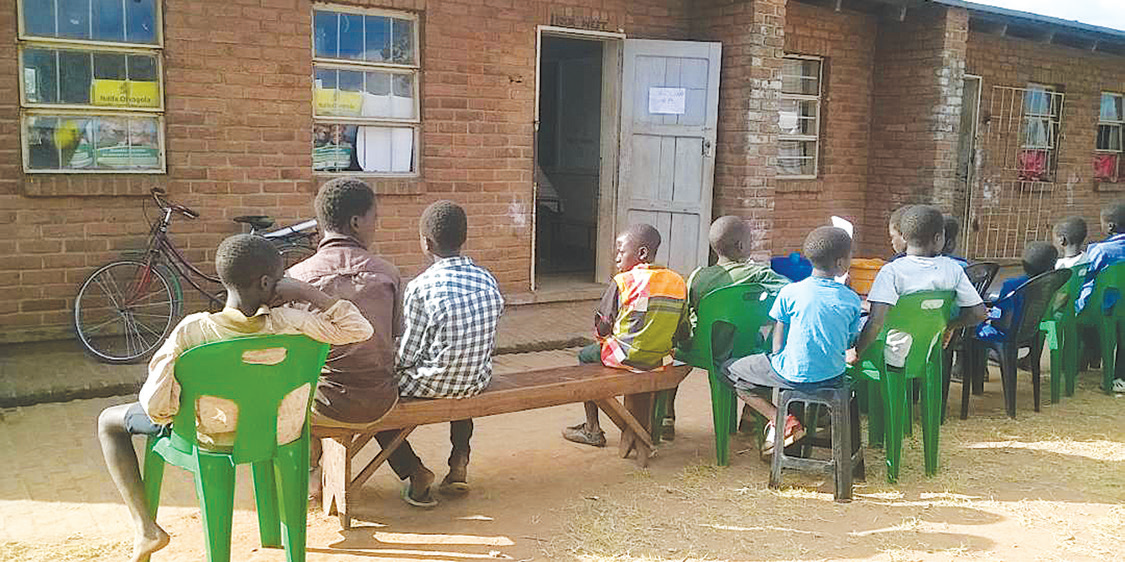Substandard drugs amid drug resistance
New evidence from Kamuzu University of Health Sciences (Kuhes) shows that a quarter of drugs taken by patients with bacterial infections and high blood pressure in the country fall below standard.
The researchers investigated the proliferation of falsified and substandard medicines, which increase drug resistance and deaths caused by treatable conditions.
Their findings from selected hospitals and drugstores show the deadly rip-off, with locally manufactured medicines dominating the pack amid calls for the Malawi Government to increase contracts awarded to local producers.
Five researchers from Kuhes’ departments of research, medical laboratory sciences and public health screened about 300 medicine samples from 25 health facilities and drugstores.
On Wednesday this week, they reported that 14.3 percent of the drugs collected failed to meet their standards and specifications.

The team included pharmacists Felix Khuluza, Francis Chiumia, Happy Nyirongo and Elizabeth Kampira as well as public health scholar Adamson Muula.
According to their insights, the major concerns are antibiotics and pills taken by hypertensive persons.
The report said 25 percent of the drugs used to cure bacterial infections and hypertension were below standard.
This comes amid a rising antibiotics resistance often blamed on people who take the drugs without prescription or any need.
A global public health concern, the resistance increases the cost of treating severe bacterial infections and lowers patients’ survival rates.
In an interview yesterday, Professor Muula said the use of problematic medicine is hazardous and can fuel drug resistances in consumers.
“What it means is that the nation is losing a lot of money in buying these falsified medicines, but we are putting people’s lives at risk because they can die for consuming such types of medicine,” he warned.
Equally short-changed are people with high blood pressure, who take the drugs hoping to get better, but 25 in every 100 pills on offer in health facilities and drugstores sampled are likely ineffective.
Atenolol is rated a major dummy, as more than seven in every 10 pills were poor quality and unlikely to contain the medicinal ingredients patients with hypertension and heart-related chest pains expect.
Additionally, seven percent of drugs for malaria, the country’s worst killer disease, were equally falsified and substandard.
Khuluza, who heads Kuhes’ Pharmacy Department, noted in an interview that the findings indicate an influx of counterfeit medicines on the market.
He said this calls for collaborated efforts by both government and manufacturers to kick out substandard medicines.
Khuluza said: “For local manufacturers, there is need for capacity building to improve their product formulation so that whatever they produce meets the minimum standard.
“For the regulator, the Pharmacy and Medicines Regulatory Authority [PMRA], needs to enhance post-marketing surveillance. They should be frequent monitoring the market and broaden the base of their surveillance because, in the end, they are missing the other side where we may be exposing our population to poor quality medicine and that a person does not get cured.”
Ministry of Health director of health technical support services Godfrey Kadewere said low-quality and misrepresented medicines is a global challenge that has disproportionately affected Malawi and the rest of Africa.
He said: “We should not pretend that we do not have the problem of circulation of counterfeit medicine. This is why the ministry has created agencies such Central Medical Stores and PMRA to ensure that circulation of counterfeit medicines should not be there.”
During the release of the findings in Mulanje on Wednesday, PMRA official Clement Ngwira made a presentation on efforts to counter the prevalence of substandard and falsified medicines in the country.
The regulator acknowledged the availability of low-quality medicines on the market as well as in health facilities, saying the regulatory authority recalls substandard products when detected during market inspections.
Ngwira said the recalls are made to safeguard the public from medicines that are potentially life-threatening or likely to cause a serious risk to health.
“Class II [recalls] occurs when product defects could cause illness or mistreatment but are not Class I [life-threatening]. Class III happens when product defects may not pose a significant hazard to health but withdrawals may be instituted for other reasons.”





